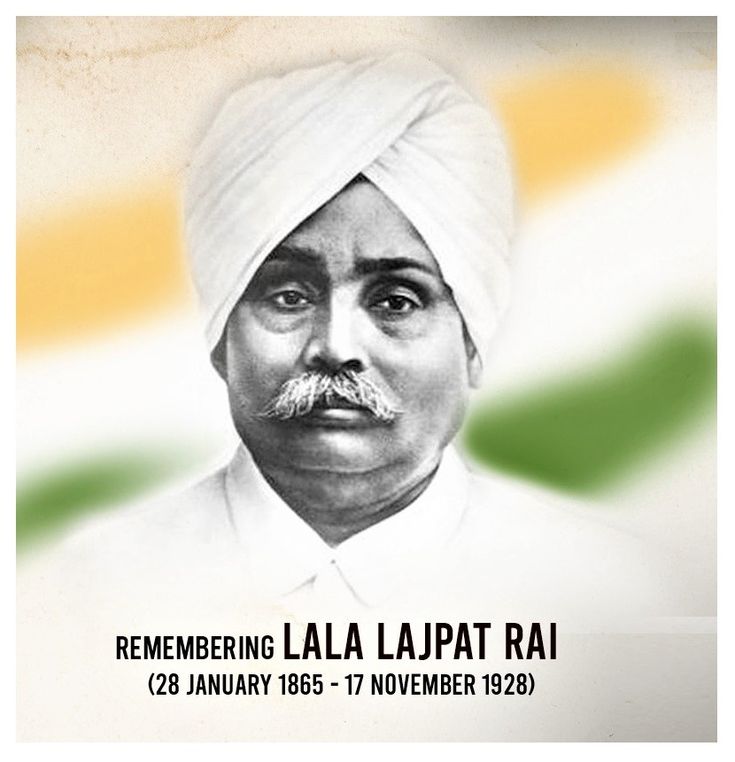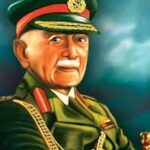Inspiring Facts About Lala Lajpat Rai: The Lion of Punjab and His Legacy
Lala Lajpat Rai Biography, often referred to as the Lion of Punjab, was a fearless freedom fighter, social reformer, and visionary leader who played a pivotal role in India’s struggle for independence. His life was a testament to courage, resilience, and unwavering dedication to the nation. From his early days in Punjab to his tragic death, Lala Lajpat Rai’s journey continues to inspire millions. Let’s dive into his biography, achievements, and the lasting impact he has had on Indian society.
Early Life and Family
Lala Lajpat Rai was born on January 28, 1865, in Dhudike, a small village in the Ferozepur district of Punjab. His father, Munshi Radha Krishan, was a Persian and Urdu teacher, and his mother, Gulab Devi, was a deeply religious woman who instilled strong moral values in him. From a young age, Lajpat Rai was influenced by the teachings of Arya Samaj, which shaped his vision for social reform and national pride.
Political Journey and Achievements: Lala Lajpat Rai Biography
Lala Lajpat Rai Biography was one of the key leaders of the Indian independence movement and a prominent member of the Lal-Bal-Pal trio (alongside Bal Gangadhar Tilak and Bipin Chandra Pal). His political journey was marked by several milestones:
- Founding Member of Congress: He joined the Indian National Congress in 1888 and became a vocal advocate for self-rule.
- Swadeshi Movement: He actively participated in the Swadeshi Movement, promoting Indian-made goods and boycotting British products.
- Opposition to Simon Commission: In 1928, he led a peaceful protest against the Simon Commission in Lahore, where he was brutally lathi-charged by the police.
- Founding of Institutions: He established several educational institutions, including the Dayanand Anglo-Vedic (DAV) Schools, to promote Indian culture and education.
Slogans and Ideals: Lala Lajpat Rai Biography
Lala Lajpat Rai was known for his powerful slogans and speeches that ignited the spirit of freedom among Indians. One of his most famous quotes is:
“The shots that hit me are the last nails in the coffin of British rule in India.”
This statement, made after he was injured during the Simon Commission protest, reflects his indomitable spirit and commitment to the nation.
Books and Literary Contributions: Lala Lajpat Rai Biography
Lala Lajpat Rai Biography was not just a leader but also a prolific writer. Some of his notable books include:
- The Story of My Deportation
- Young India: An Interpretation and a History of the Nationalist Movement
- England’s Debt to India
These works provide deep insights into his thoughts on nationalism, social reform, and the exploitation of India by the British.
Death and Legacy: Lala Lajpat Rai Biography
Lala Lajpat Rai’s death on November 17, 1928, was a turning point in India’s freedom struggle. The injuries he sustained during the Simon Commission protest led to his demise, and his death sparked widespread outrage. Revolutionaries like Bhagat Singh and Chandrashekhar Azad were deeply influenced by his sacrifice and vowed to avenge his death.
Daily Life Impacts: Lala Lajpat Rai Biography
Lala Lajpat Rai’s contributions have had a lasting impact on Indian society:
- Education: His efforts in establishing DAV schools have provided quality education to millions of Indians.
- Social Reform: He fought against caste discrimination and promoted women’s rights.
- Nationalism: His speeches and writings continue to inspire patriotism and a sense of responsibility toward the nation.
Facts About Lala Lajpat Rai Biography
- He was affectionately called Punjab Kesari (Lion of Punjab) for his courage and leadership.
- He was deported to Mandalay, Burma, in 1907 for his anti-British activities but was later released due to lack of evidence.
- He was a strong advocate for Hindu-Muslim unity and worked tirelessly to bridge communal divides.
FAQs About Lala Lajpat Rai Biography
- Why is Lala Lajpat Rai called the Lion of Punjab?
He earned this title for his fearless leadership and unwavering commitment to India’s freedom struggle. - What was Lala Lajpat Rai’s role in the Swadeshi Movement?
He promoted the use of Indian goods and boycotted British products to weaken the colonial economy. - How did Lala Lajpat Rai die?
He died from injuries sustained during a lathi charge by the British police during a protest against the Simon Commission. - What are some of Lala Lajpat Rai’s famous books?
His notable works include Young India and England’s Debt to India.
Significance and Observance: Lala Lajpat Rai Biography
Lala Lajpat Rai’s legacy is celebrated across India. His birth anniversary on January 28 is observed with great respect, and his contributions are remembered in schools, colleges, and public forums. Statues and memorials dedicated to him stand as a reminder of his sacrifices.
Why Lala Lajpat Rai Biography is Important to Society
Lala Lajpat Rai’s life teaches us the values of courage, resilience, and selfless service. His fight for justice, equality, and freedom continues to inspire generations. He remains a symbol of hope and a reminder that one individual’s determination can bring about monumental change.
Wishing for a Better Future: Lala Lajpat Rai Biography
On days like his birth anniversary, we honor Lala Lajpat Rai’s legacy by reaffirming our commitment to the ideals he stood for—justice, equality, and national pride. His life reminds us that the fight for freedom and dignity is ongoing and requires collective effort.
Conclusion: Lala Lajpat Rai Biography
Lala Lajpat Rai was not just a freedom fighter; he was a visionary who dreamed of a free and prosperous India. His contributions to education, social reform, and the independence movement have left an indelible mark on the nation. By remembering his life and ideals, we can strive to build a society that reflects his vision of justice and equality.










